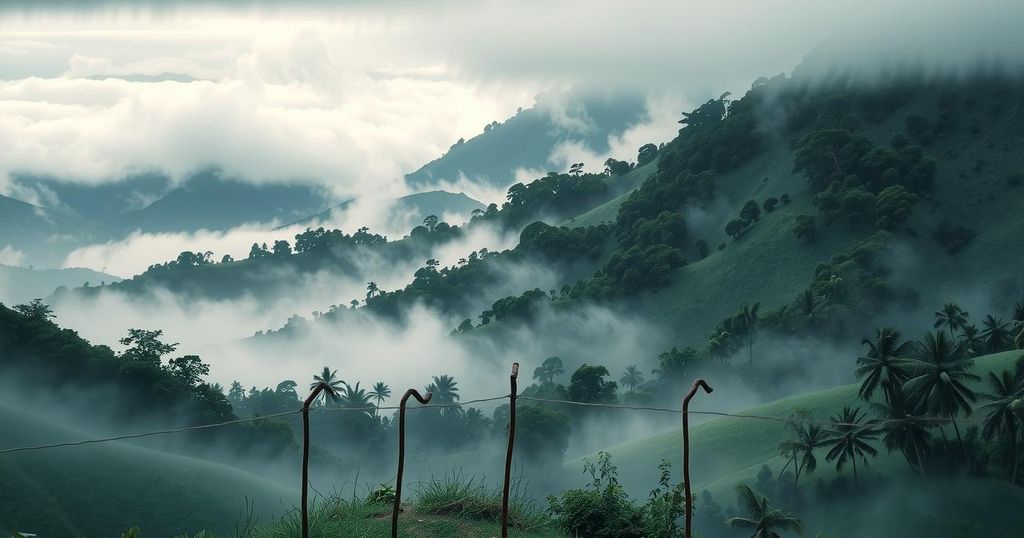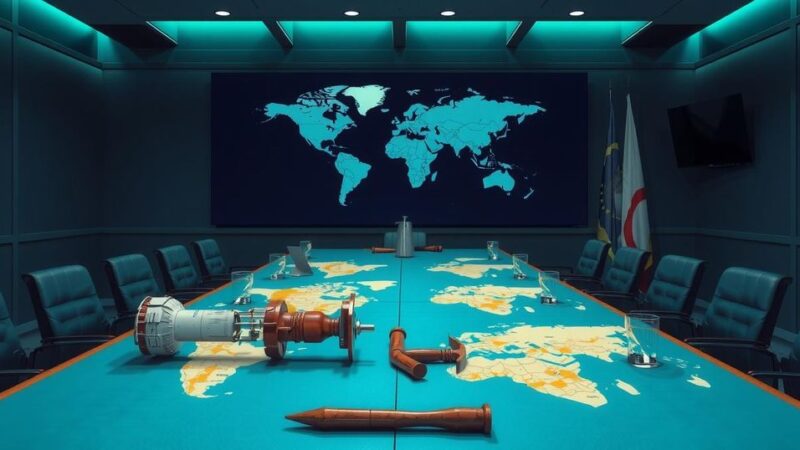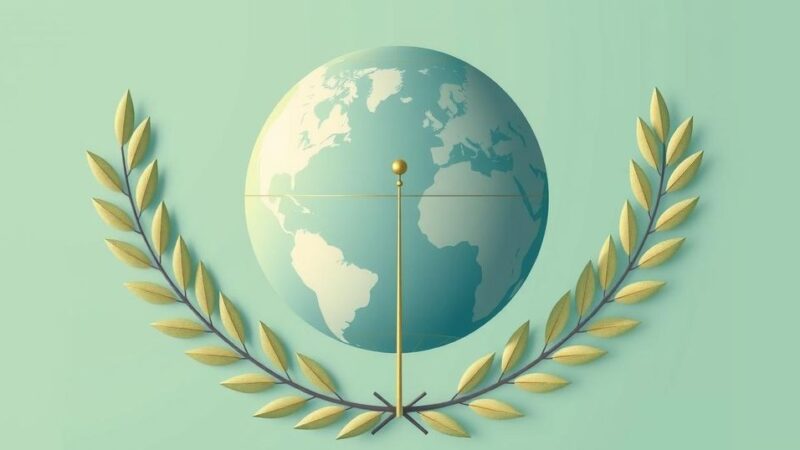The conflict in eastern Congo has escalated, with M23 rebels approaching Goma amidst significant military activity. The violence has led to overwhelming destruction and a growing humanitarian crisis as thousands flee. Accusations of Rwandan support for the rebels fuel regional tensions, heightening the risk of a broader conflict. Goma’s strategic importance raises urgent concerns over civilian safety and future governance in the region.
Recent conflict intensification in eastern Congo has seen M23 rebels making significant territorial gains and closing in on the city of Goma, the final stronghold of Congolese government forces in the region. This surge in violence has overwhelmed local hospitals, leading to a humanitarian crisis as thousands flee their homes. The involvement of neighboring Rwanda continues to stoke tensions, with accusations of support for the M23 group amidst fears of a wider regional conflict.
Explosions have disrupted life in Goma, a city with a population of 2 million. Schools and businesses are shuttered, and military authorities have established checkpoints throughout the area. Tragically, the governor of North Kivu province died from injuries sustained in a conflict zone, highlighting the severity of the situation. The rebels recently captured critical towns, including Sake and Minova, perilously close to Goma.
The M23 rebels, formed in 2012, argue they represent the Tutsi minority and seek to protect them from discrimination. However, critics suggest their actions serve as a cover for Rwandan interests in the region, which is rich in natural resources. As the group consolidates power, they have begun establishing their governance and tax systems in occupied areas.
Rwanda’s role in the conflict is contentious, as it is accused of backing the M23 with military resources. Though Rwanda denies these allegations, reports indicate Rwandan forces may number in the thousands within Congo. This military support has escalated tensions between the nations, raising concerns regarding a potential regional war.
The United Nations reports that over 400,000 individuals have been displaced in eastern Congo this year, with conditions in temporary shelters deteriorating severely. As the fighting continues, many civilians, like Jean Claude Bauma, express feelings of hopelessness and fear, indicating the dire need for a resolution to the ongoing violence.
The strategic significance of Goma cannot be overstated; it serves as a key economic and humanitarian hub. The capture of the city would not only embolden rebel forces but pose grave risks to the nearby civilian population, potentially leading to widespread human rights violations. The International Committee of the Red Cross has raised alarms over the implications for medical care, fearing that hospitals may become untenable if the fighting intensifies further.
The ongoing conflict in eastern Congo has deep roots, reflecting a complex interplay of ethnic tensions and external influences. The M23 rebel group emerged from previous conflicts over territorial and resource control. The region is historically rife with armed groups, making the current situation a continuation of a protracted struggle exacerbated by poor governance and ineffective military responses. The involvement of Rwanda adds a layer of international dimension to the conflict, complicating efforts for resolution and peace.
The situation in eastern Congo remains precarious as M23 rebels draw closer to Goma, prompting humanitarian crises and strained local resources. The continuing violence underscores the complexity of regional dynamics, particularly with Rwanda’s involvement in the conflict. Without effective intervention and support for affected civilians, the risks of escalating violence and humanitarian suffering remain urgent, necessitating immediate international attention and action.
Original Source: apnews.com






